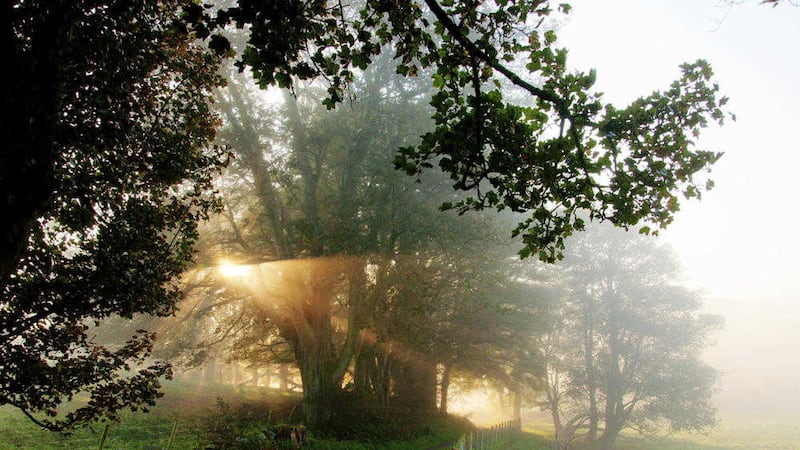THE first day of spring occurs, in astronomical terms, on the date of the vernal or spring equinox, which is on March 19, 20 or 21 each year. This year, it will arrive at exactly 04:31 on Sunday, March 20.
At this precise time the Earth’s orbital position in relation to the sun will be such that the length of night and day are almost equal (12 hours each), hence the Latin words ‘equinox’ meaning ‘equal night’ and ‘vernal’ – ‘pertaining to spring’.
Meteorologists, meanwhile have little time for celestial patterns or historical precedent and simply set March 1 as the first day of spring. They base the seasons on annual temperature cycles rather than the position of the Earth, as equinoxes present statistical problems with the dates varying each year.
For others, especially in rural areas, the first true day of spring coincides with the Feast day of Saint Brigid, February 1 (Lá Fhéile Bhride) which also marked the beginning of the Celtic Festival of Imbolc – when our pagan ancestors celebrated the successful passing of winter and the beginning of the agricultural year.
The druids regarded ‘Brid’ as a most powerful and loved goddess who blessed the work of farmers and who brought fertility to the land and animals. As the Celtic goddess of fire, bonfires were lit in her honour on this day. Many scholars believe Saint Brigid took her name from this Brid as a ‘Christianisation‘ of the goddess, with some even recording that the saint was a druidess at Brid’s temple, responsible for converting it to a Christian monastery.
History books tell us that Saint Brigid, also known as Muire na nGael or ‘Mary of the Gael’ was born in Faughart, Dundalk in AD 45O. Her father, Dubhthach, was a pagan chieftain and her Christian mother, Broicsech, born possibly in Portugal, was sold to Dubthach as a slave.
Brigid was raised and educated by the druids but it is thought the influence of St Patrick inspired her to convert to Christianity. Much is documented about the many monasteries she founded, the most famous of which was in Kildare, or Cill Dara in Irish, meaning Church of the Oak, another possible connection to the goddess Brid as the oak was sacred to the druids.
Among the many stories about her exploits with pagan chiefs and kings, space is also given in the records to St Brigid’s strong association and respect for wild animals as well as her ability to tame them. Most famous of all is the story of her giving sanctuary to a wild boar fleeing from huntsmen.
The boar managed to reach the saint’s convent while the hunters were forced to draw up outside the gates and wait. They expected the nuns to chase the boar out to them, where they could easily kill it. On seeing the distressed animal, however, Brigid sent a message out to the hunters insisting that the animal claimed the right of sanctuary just as people did in sacred places. Incensed, the hunters rode away.
Brigid turned her attention to the exhausted boar, giving it food and drink before leading it to her own herd of pigs where it quickly became tame and settled down with the other swine on her farm.
So, make your own choice for the first day of spring, the celestial vernal equinox; March 1; or the feast day of Saint Brigid. Whichever one you choose, the lengthening days and emerging birdsong tell us, we’re almost there.




